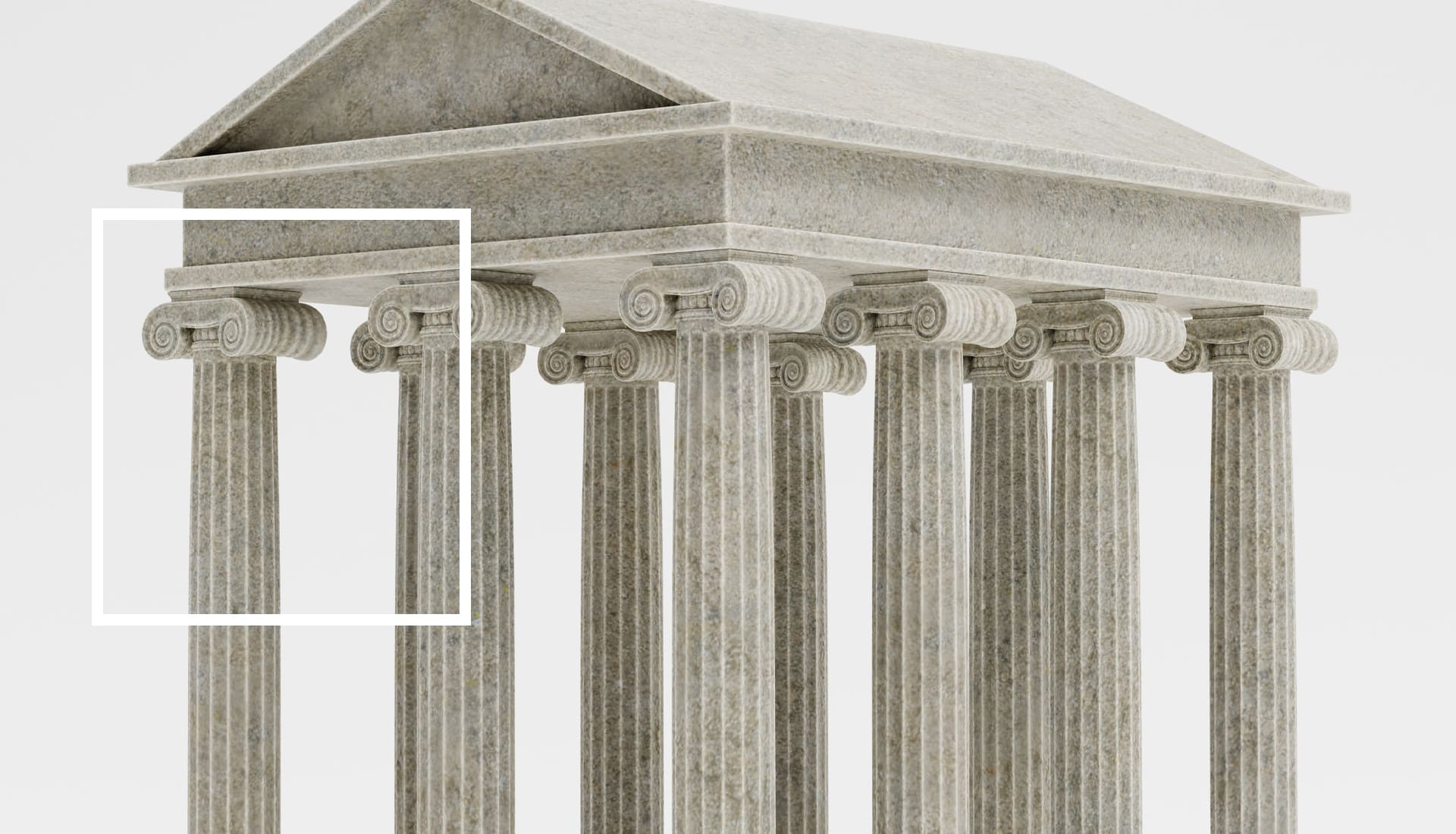Bim-Recult
BIM Model Real-Time Analysis
- C#
- Asp.NET
- Geoserver
Partners
- ACCA Software SpA
- ETT SpA
- STRESS Scarl
Data
- since November 2018
A platform dedicated to the management phases of historical monumental buildings
The BIM project ReCulT is focused on the development of BIM authoring applications for the creation and use of open BIM digital information models dedicated to the management of historic monumental buildings, integrating them with augmented fruition tools: e.g. Augmented Reality (AR) and Virtual Reality (VR), with which to enhance the buildings themselves and facilitate their management, in the era of Industry 4. 0 era, exploiting highly innovative technologies with the aim of totally immersing users within the content of the monumental asset visited or adopting smart solutions with which to facilitate the use, maintenance and management of the monumental asset. The BIM project ReCulT aims to apply the BIM methodology to monumental buildings, a methodology defined as HBIM, an acronym for Heritage Building Information Modeling, creating a dedicated platform that supports all decision-making phases including those related to the maintenance, redevelopment and management of the asset.
In detail, the applications to be developed embrace the entire process leading to the construction of an HBIM model. Starting from the cognitive phases of the asset, i.e. historical studies with which to trace back the different construction phases, stratigraphies, overlays, etc. that characterise almost all of the national historic buildings. Subsequently, campaigns of in situ surveys, geometric surveys using more or less advanced manual and digital instruments (laser scanners, total station, etc.) combined with localised surveys, more or less invasive, (essays, inspections, thermographs, geo-radars, etc.) lead to the geometric construction of the model, which at this stage contains only geospatial data. That is, the “Information Delivery Manual” (IDM) and “Model View Definition” (MVD) will be developed, for the platform, according to the international standard ISO 29481.

